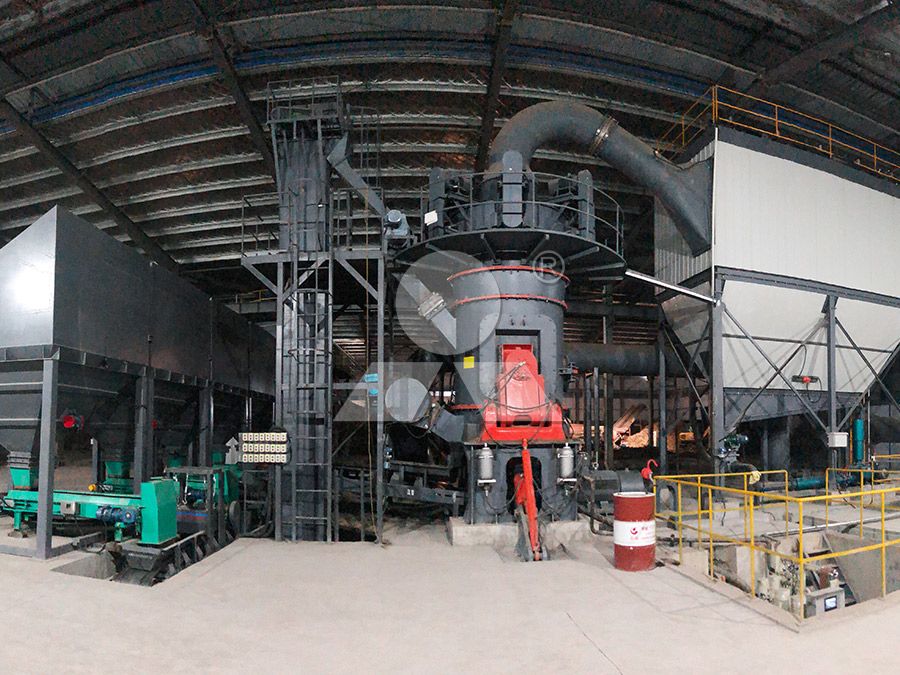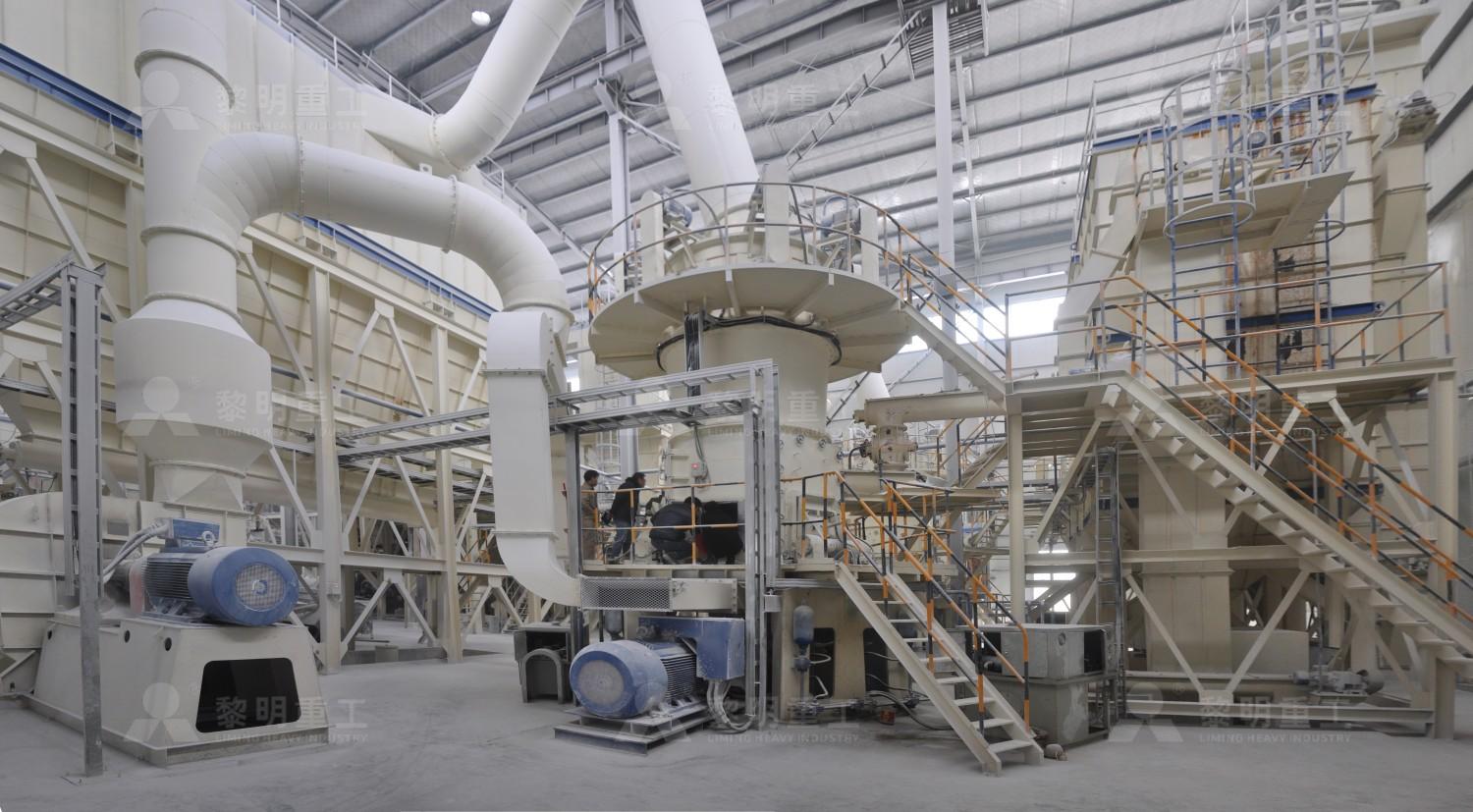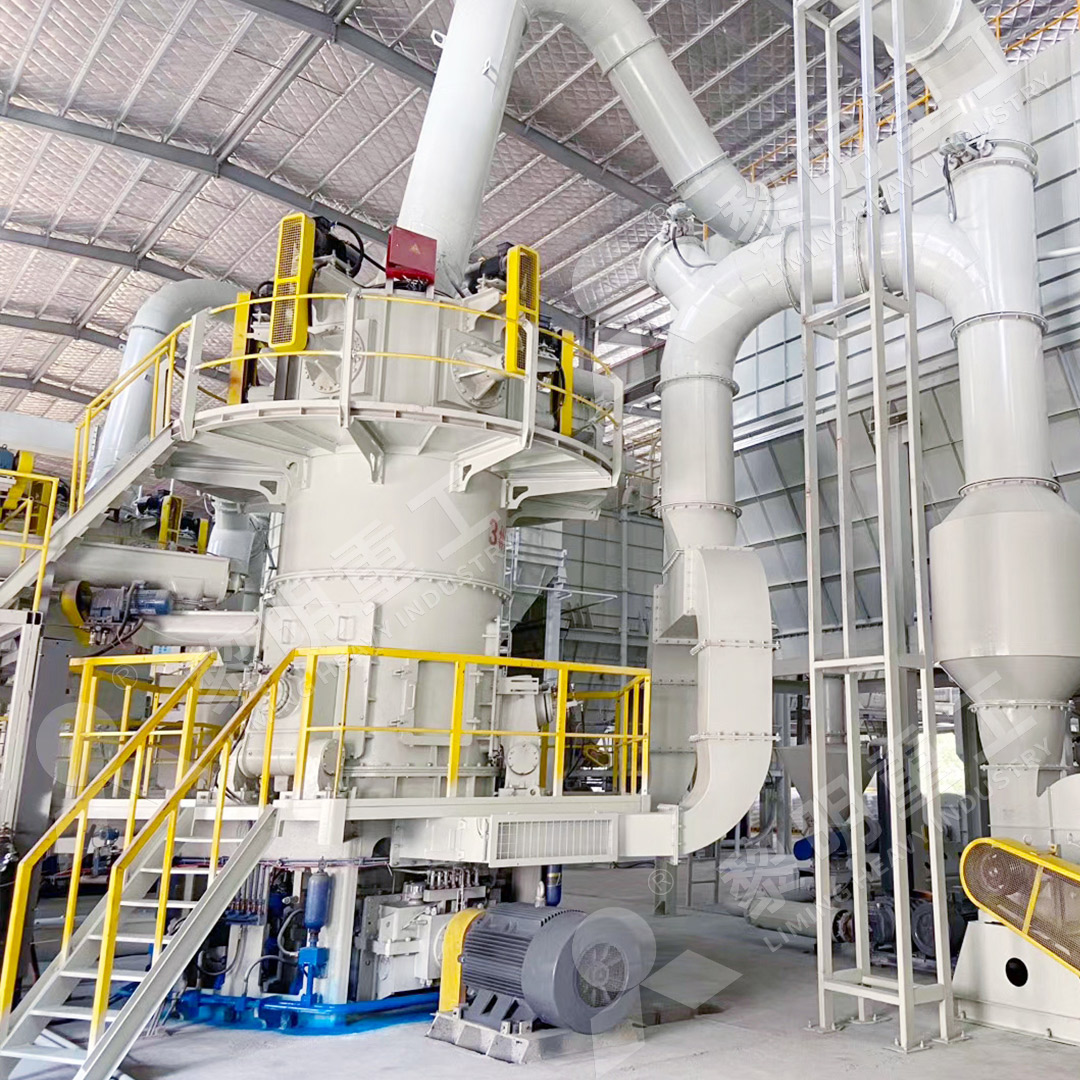Key Factors Influencing Grinding Efficiency in Vertical Roller Mills
Key Factors Influencing Grinding Efficiency in Vertical Roller Mills
Vertical Roller Mills (VRMs) are a cornerstone of modern mineral processing and cement production, prized for their energy efficiency and compact design. However, achieving optimal grinding efficiency is a complex interplay of several mechanical and operational factors. Understanding these factors is crucial for maximizing throughput, minimizing wear, and ensuring consistent product quality.
1. Grinding Pressure and Bed Formation
The heart of the VRM’s operation is the creation of a stable, compacted material bed between the grinding rollers and the rotating table. The hydraulic pressure applied to the rollers is paramount. Insufficient pressure leads to a thin, unstable bed, resulting in poor grinding efficiency, high vibration, and increased metal-to-metal contact. Conversely, excessive pressure can overload the mill, cause excessive wear, and even lead to mechanical failure. Precise control of grinding pressure ensures that particles are crushed by inter-particle comminution within the bed, which is far more efficient than direct metal-on-particle contact.

2. Classifier Efficiency and Airflow
Once material is ground, the internal air system carries the fines upward to the classifier. The efficiency of this dynamic separator is critical. A high-performance classifier ensures that only particles meeting the target fineness leave the mill, while coarse material is swiftly returned to the grinding table for further size reduction. Inefficient classification leads to over-grinding of fines (wasting energy) and circulation of coarse material (reducing capacity). Advanced technologies, like the cage-type powder selector found in our MW Ultrafine Grinding Mill, significantly enhance precision. This mill effectively increases separation accuracy, allowing the product fineness to be precisely adjusted between 325-2500 meshes, a key factor for high-value ultra-fine powder production.
3. Feed Material Characteristics
The properties of the incoming raw material are a major external factor. Hardness, abrasiveness, moisture content, and feed size distribution all dramatically impact mill performance. A consistent feed size (e.g., 0-20mm for the MW Mill) is vital for maintaining a stable grinding bed. High moisture can lead to clogging and requires more energy for in-mill drying, while highly abrasive materials accelerate the wear of grinding elements like rollers and table liners.

4. Wear and Maintenance of Grinding Components
The condition of the grinding rollers and table liner directly dictates efficiency. As these components wear, the geometry of the grinding zone changes, disrupting the optimal bed formation and reducing grinding efficiency. Modern designs prioritize ease of maintenance to minimize downtime. For instance, our LUM Ultrafine Vertical Grinding Mill features a reversible structure. This innovative design, combined with a hydraulic adjustment system, allows operators to easily move the grinding roller out of the body for inspection and maintenance, drastically reducing shutdown time and associated losses.
5. System Sealing and Dust Control
A tightly sealed milling system operating under negative pressure is essential for both efficiency and environmental compliance. Good sealing prevents false air ingress, which disrupts the internal airflow and classifying efficiency. Furthermore, effective dust collection, such as the efficient pulse dust collector equipped on our mills, ensures no dust pollution and maintains a clean operation, fulfilling strict environmental protection standards.

Conclusion
Optimizing grinding efficiency in a Vertical Roller Mill is not about adjusting a single parameter but managing a symphony of interrelated factors. From the precise control of the grinding bed and high-efficiency classification to managing feed characteristics and proactive maintenance, each element plays a critical role. Selecting a mill designed with these factors in mind, such as our MW or LUM series, which incorporate advanced grinding curves, precision separators, and maintenance-friendly features, provides a solid foundation for achieving high capacity, low energy consumption, and reliable, worry-free operation.
